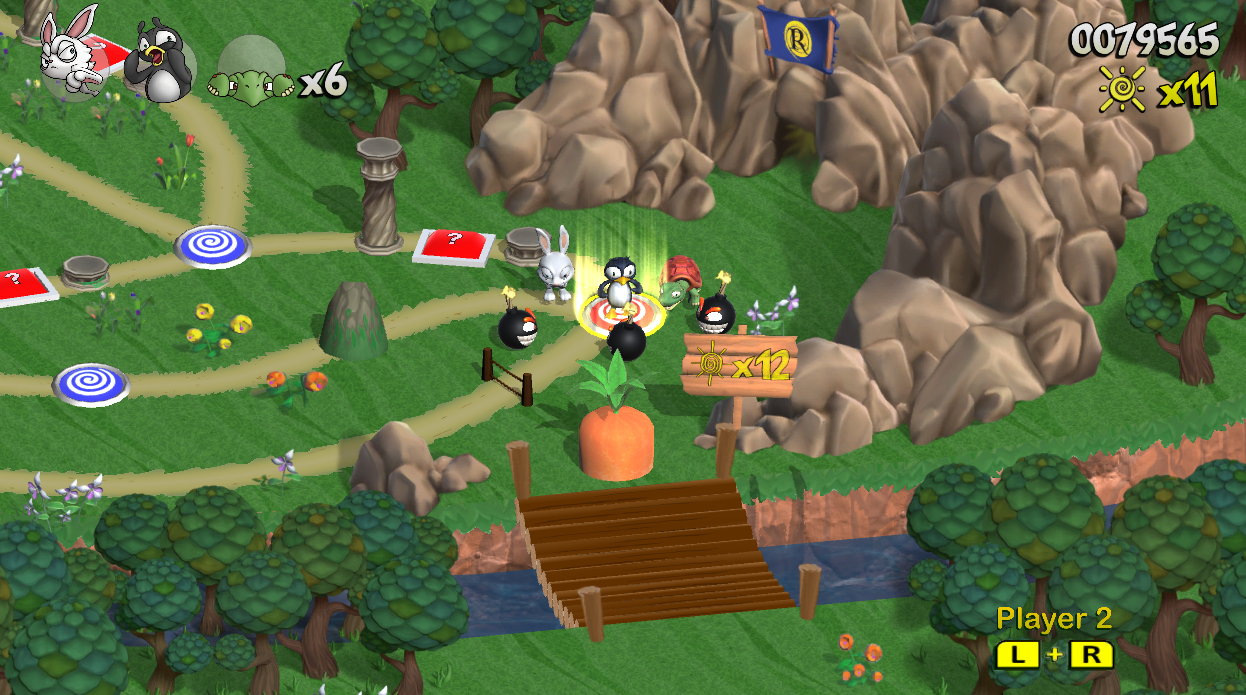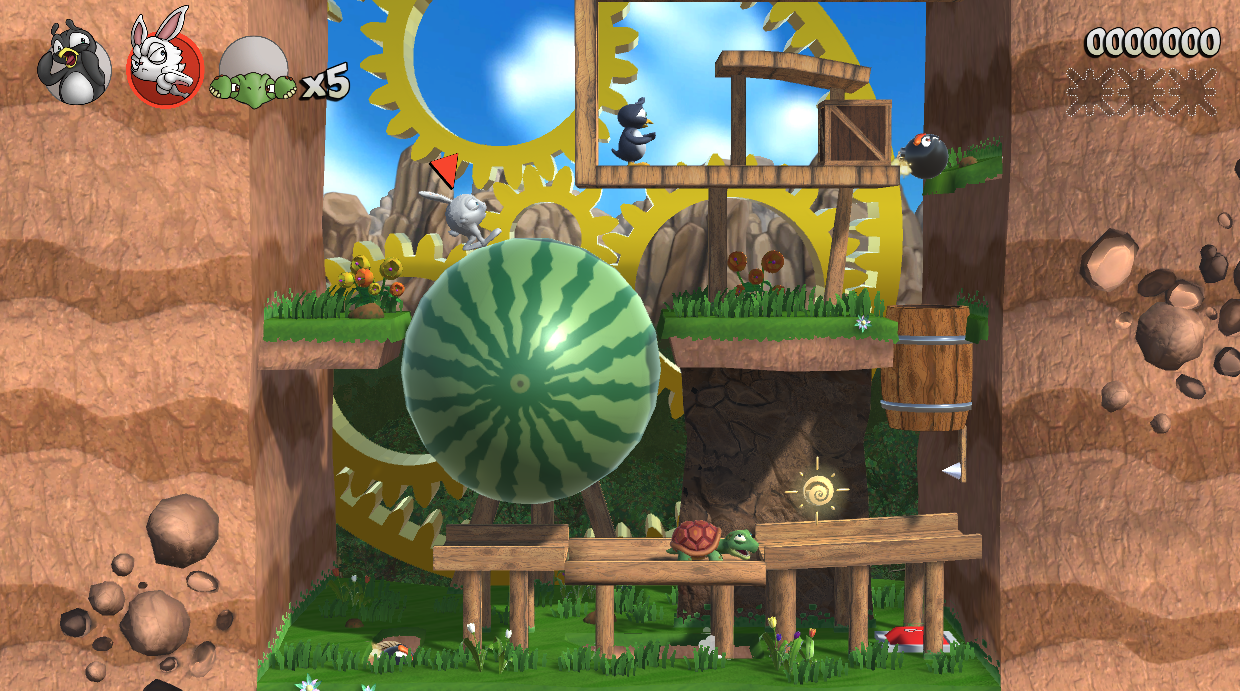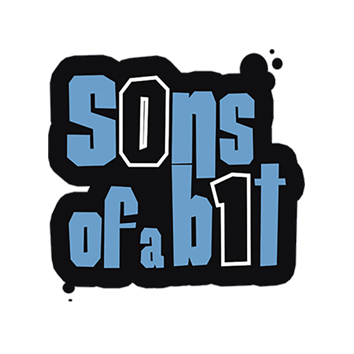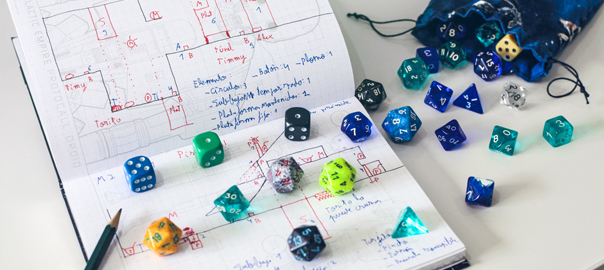Hi, folks!
In the previous post, we briefly show you how we make levels for Islabomba and also explained you the most rational way to create them following a series of preset steps.
That way of designing a level, we insist, is the most optimal way and the one that should be used in most cases. The main problem is that there are so many parameters to take into account that, at certain point, we might feel mentally exhausted.
Furthermore, if you always follow the same patterns, you might feel too comfortable, using the very same elements, forgetting about others and making the process too systematic.

In order to leave that comfort area, we will use dices with 20, 12, 10, 8, 6 and 4 sides or, as a substitute, mobile apps that simulate dices.
Once we have the required resources, we make a list with all the possible elements that levels can contain, limiting them according to the atmosphere/area a specific stage is.
Each element has a number assigned depending on how important they are for the level we are designing. A relevant element will surely have several numbers assigned, while those less important will have only one.
Having reached this point, we proceed to decide the difficulty of that level in case we want to create a specific one to make it fit in one particular place. Another option is to create a level totally randomly.
Randomness helps when you have a mental block. With this process, the appearance of hilarious or chaotic levels is a possibility, so we normally reject the latter type.
Then, we roll dices and, this way, the elements that will form a level are chosen. We will check out if that combination of elements make sense so we can create a stage with them.
With these elements chosen, we chose how many times each element will appear, by choosing it at our election or rolling dices again. If we choose the second option, we roll dices with less sides to force us to leave our comfort area and make us use those elements in more original ways.
Next, we draft the level in a piece of paper or a whiteboard, writing down the different elements and the times they appear. From that step, the process is quite similar to the one we described in the previous post.

However, there are one step more, which we call “Contemplate the monster”.
The truth os that, by rolling dices, the levels we sometimes design are usually too complex, appearing meaningless levels that must be rejected automatically.
There is nothing wrong in rejecting those levels, since the first draw of those creations made by rolling dices takes no more than 5 or 10 minutes, while the “normal” process takes much longer and is more tiring. Since this way of designing levels is that fast and easy, several good ideas may come up.
This process makes you use resources in original ways, finding new ways to put the elements together or even making them work in a way you had never thought about before.
The main problem is to find a good place to make those levels fit in the game. In other words, once we have created the levels we needed, we must compare them to measure their difficult level and coherence. If we have been able to decide where the should appear, we include them in one of the squares of Islabomba map.
We hope all this information is helpful for you to understand how we design levels and all the hard work people don’t normally realize.
See you soon!


